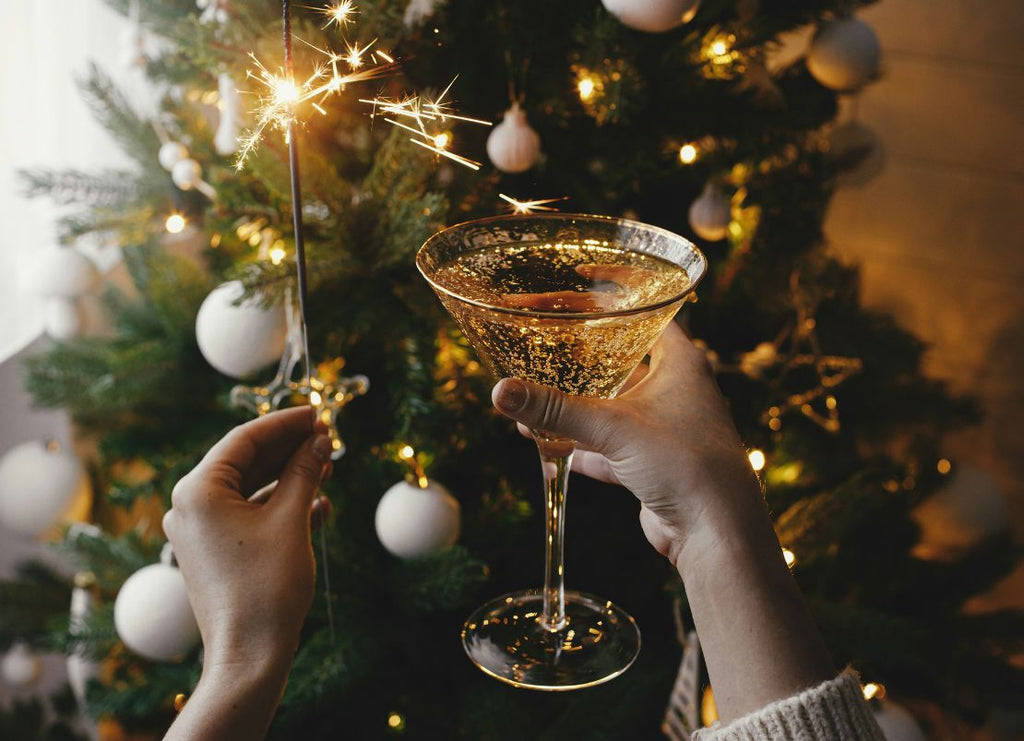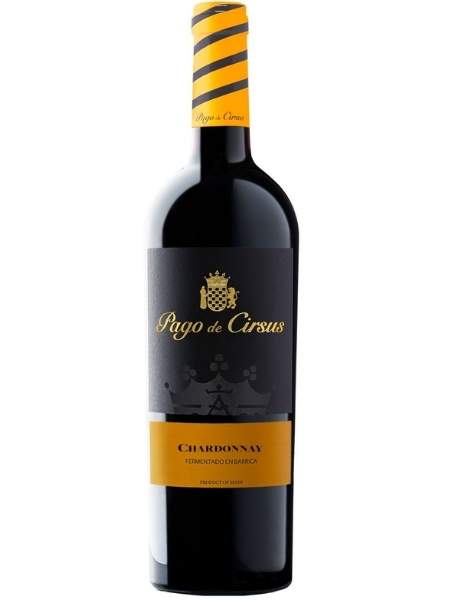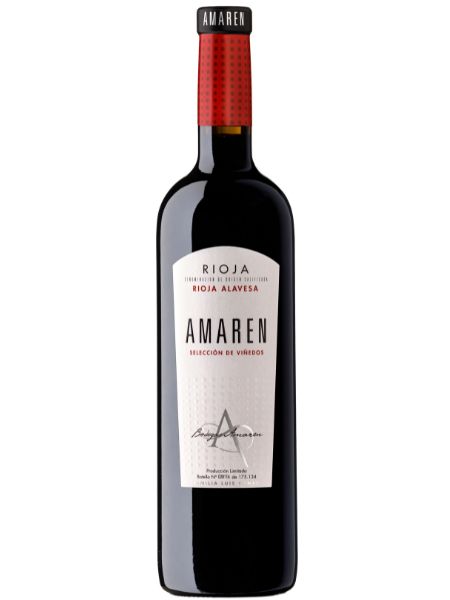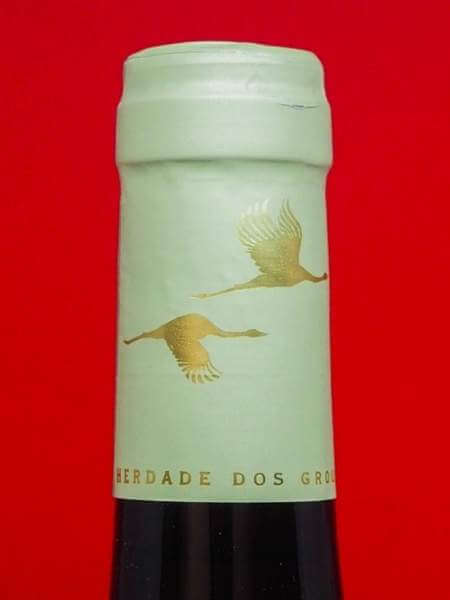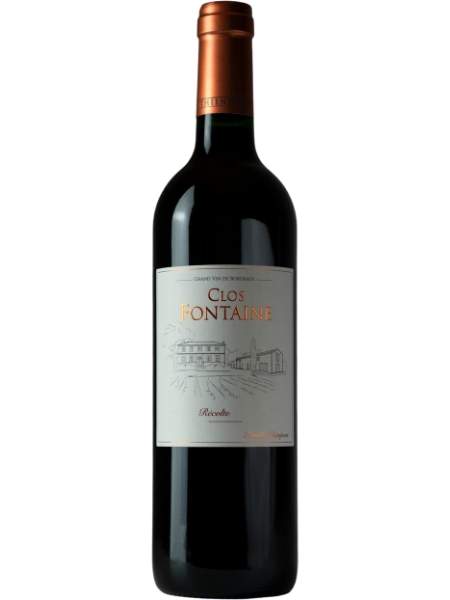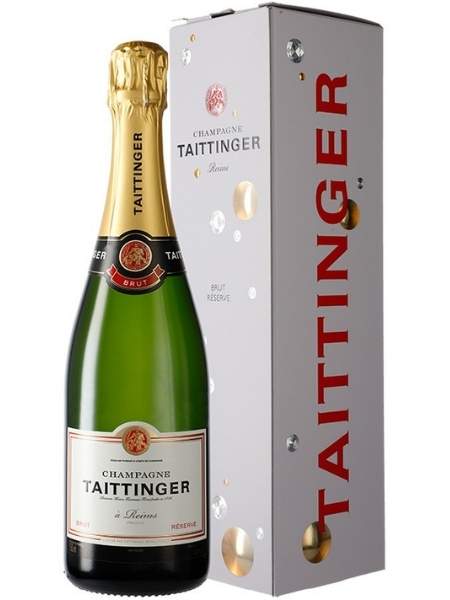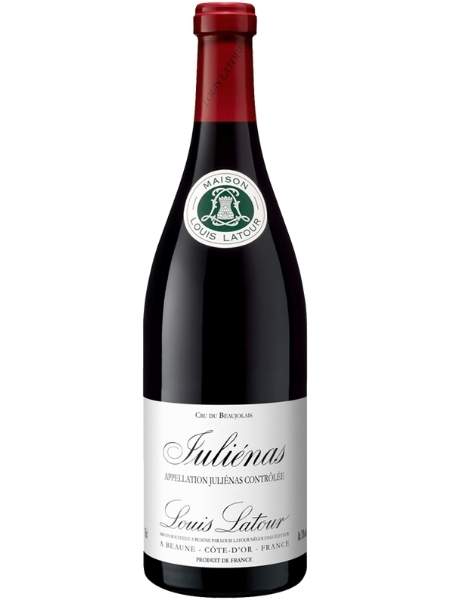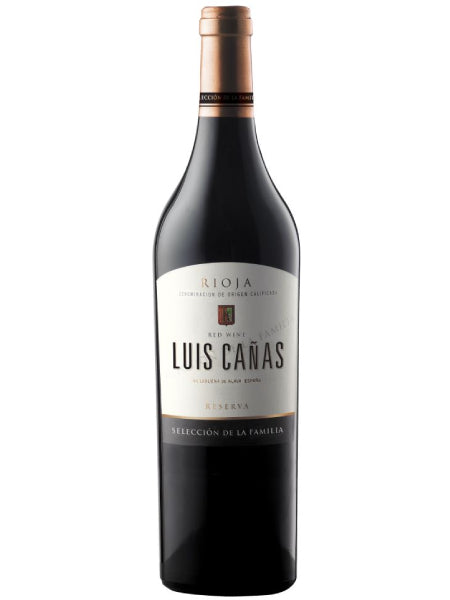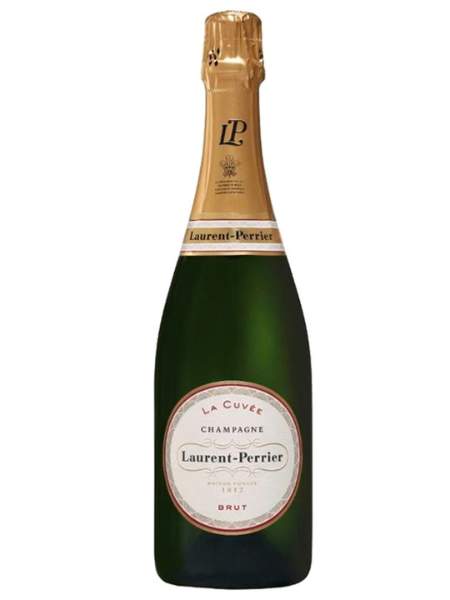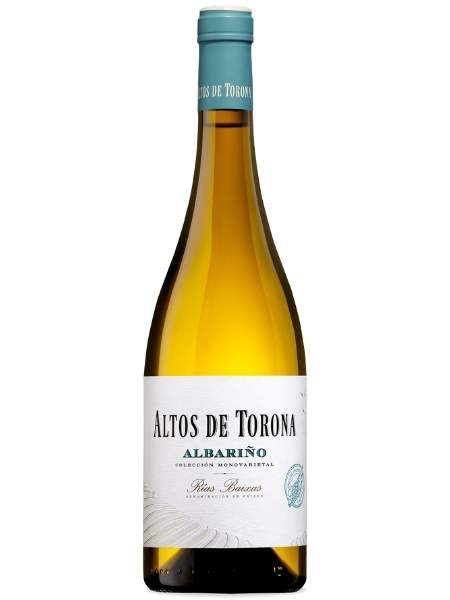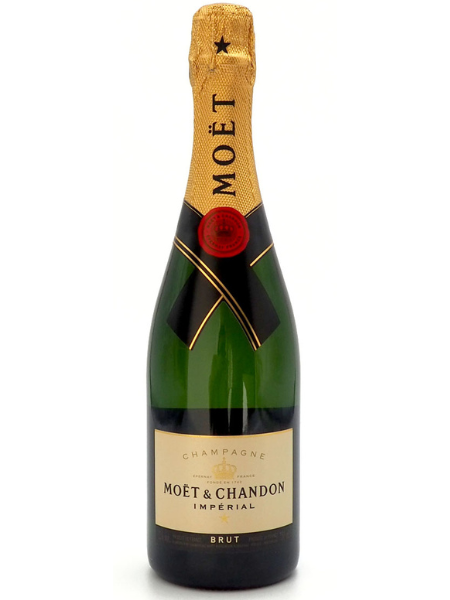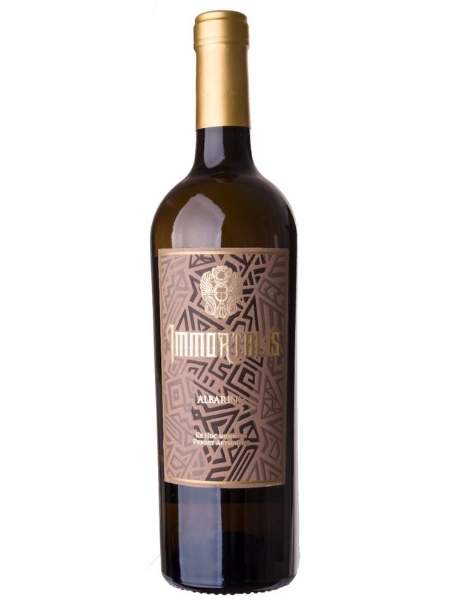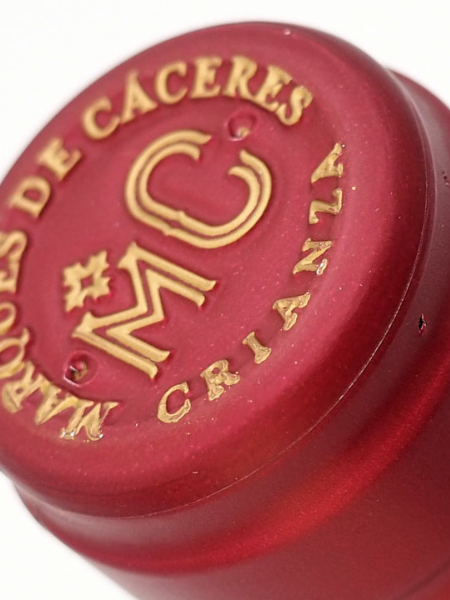
Château d'Armailhac

A.O.C Pauillac
France
The Armailhac brothers have quite the legacy in Pauillac region. Historical records show that one of these two, Dominique Armailhac, took advantage of the 'planting frenzy' of the 18th century to plant a grand vineyard of 15-16 hectares (37-39 acres) from Brane-Mouton in the north and Pibran in the south.
By the late 18th century this expanded to an impressive 52 hectares (128 acres). There's no doubt that their efforts were integral in making Pauillac as known and celebrated as it is today.
The techniques used in the 19th century in the production of Mouton d'Armailhacq are nothing short of impressive. Topping-up, running-off, barrel disinfection and fining all contribute to its excellent quality, making it sell for double the price of neighbouring wines that have a better reputation. The 'first wine', bearing the growth's name and said to be superior, is distinguished from the cheaper 'second wine', which is intended for local taverns.
Madame Darmailhacq had been chasing quality for a while at Les Carruades du Pouyalet, but unfortunately this pursuit had left her with a mountain of debt and caused her some serious financial headaches.
To get things back on track, she was forced to sell off the château in 1844 to Lafite in order to restore the estate's finances. Château Mouton d’Armailhacq has long been recognized as one of the finest wineries in Bordeaux, due to its classification as a Fifth Growth within the acclaimed Bordeaux wine brokers' classification.
In 1855, Armand d’Armailhac further cemented their reputation by publishing a comprehensive volume on vinegrowing and winemaking in the Médoc region.
This remarkable treatise was hailed for its scientific rigor and detailed exploration of viticulture practices at that time; it stands today as an enduring document on the history and culture of fine winemaking in France.
The fifth growth of acknowledged quality, Mouton d’Armailhacq, has borne many names throughout its history. In 1853, it was renamed to Mouton Baron Philippe and again in 1977 to Mouton Baronne Philippe. This name remained until 1988 when Château Mouton Rothschild was finally used as the official title for the estate.
As part of this rebranding effort, a major renovation project brought significant infrastructure advances with new wines from upgraded facilities that elevated the vintage's profile among connoisseurs of fine wine.
Discover their wine here!





